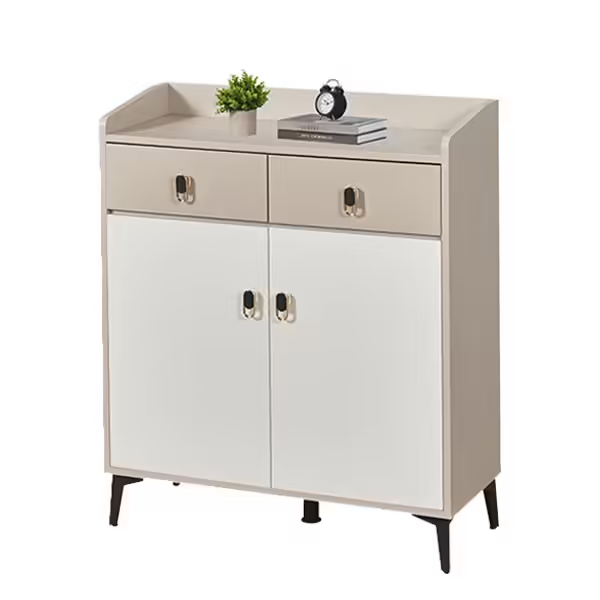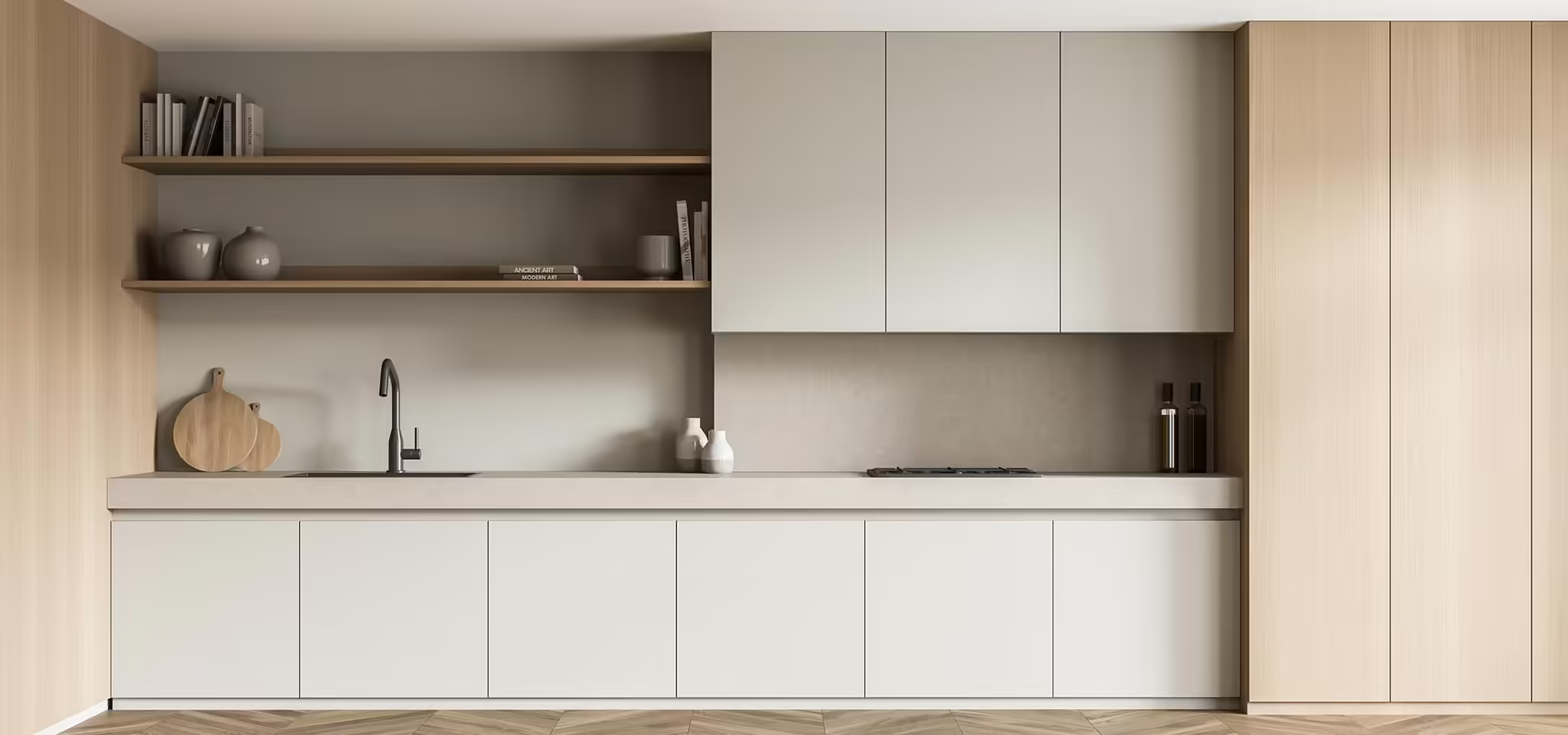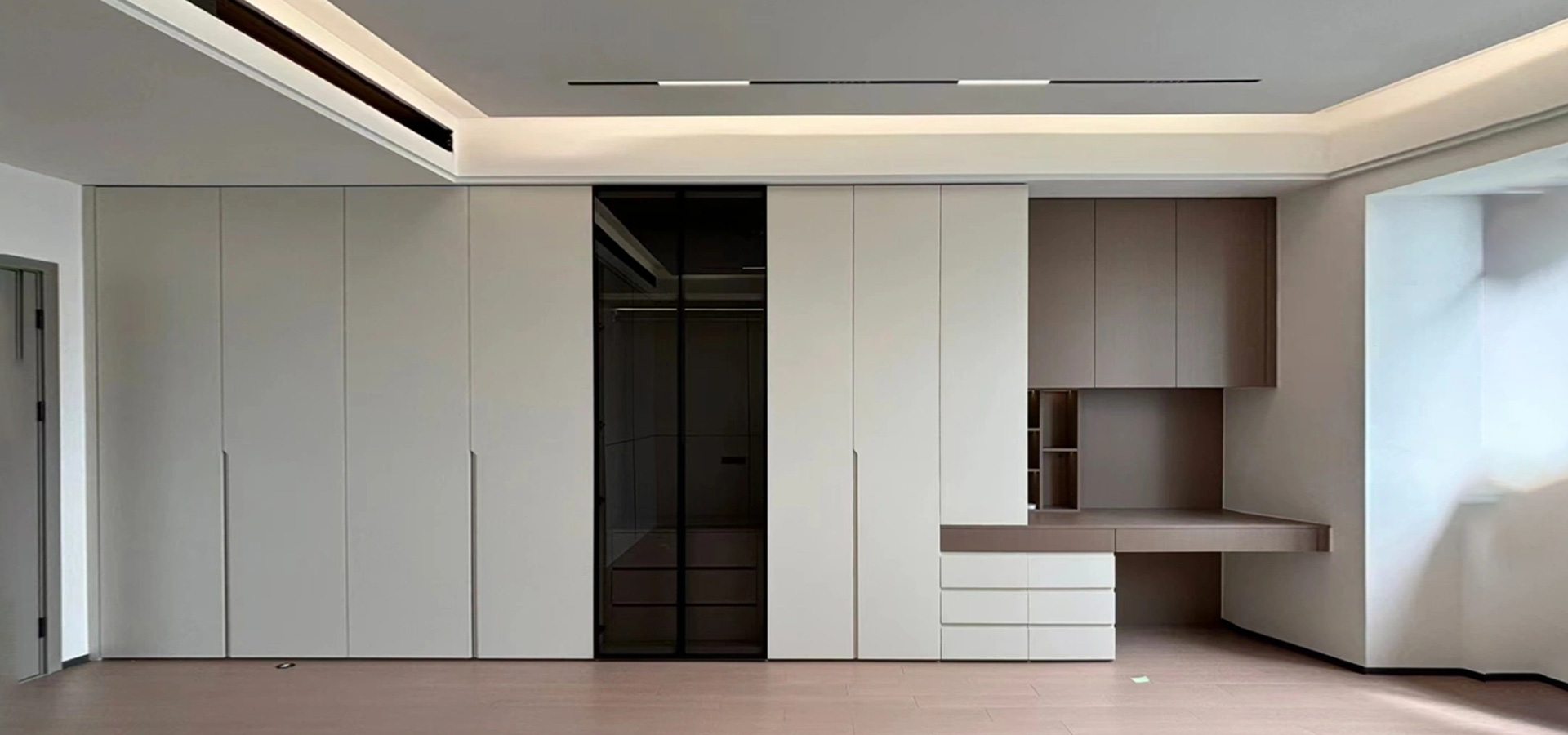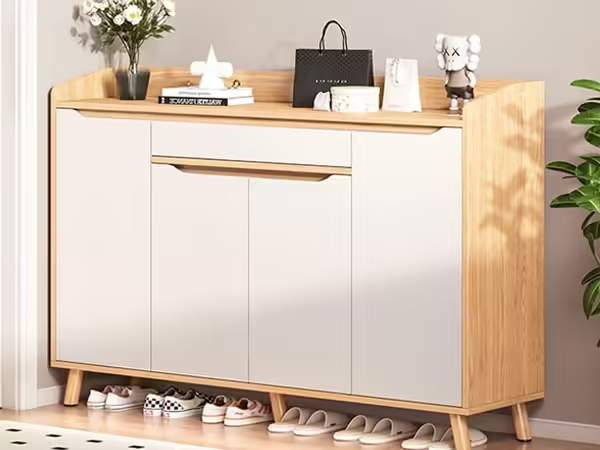Create a Tidy Entryway with the Right Storage Solution
In modern homes, the entryway is not only the “first impression” of a household but also the most important area for storing shoes and keeping the space neat. For apartments and compact homes where every square inch matters, choosing a shoe cabinet that saves space while remaining stylish has become a necessity.
This article will guide you through types of space-saving shoe cabinets, design details, material options, functional features, and styling tips, so you can find the perfect shoe cabinet that fits your lifestyle.
1. Why Are Space-Saving Shoe Cabinets So Popular?
As urban living spaces get smaller, especially in apartments, condominiums, and compact homes, traditional bulky shoe cabinets often take up too much room. They disrupt the flow of the hallway and make the entryway look cluttered.
Space-saving shoe cabinets solve this problem by:
- Maximizing Space: Clever designs allow high storage capacity in limited areas.
- Enhancing Aesthetics: Slim, modern structures make entryways look more open.
- Adding Versatility: Many models combine shoe storage with seating, display, or general storage.
In short, space-saving shoe cabinets are no longer optional—they are a must-have for modern households.
2. Common Types of Space-Saving Shoe Cabinets
1. Flip-Down Shoe Cabinets
Perhaps the most classic design, these cabinets have a depth of only 20–30 cm, perfect for narrow hallways.
- Pros: Slim profile, stores multiple pairs efficiently.
- Cons: Not ideal for boots or oversized shoes.
2. Wall-Mounted Shoe Cabinets
Installed directly on the wall, leaving floor space free.
- Pros: Saves floor space; flexible placement.
- Cons: Requires drilling, not ideal for rental apartments.
3. Multi-Functional Shoe Cabinets
These combine shoe storage with seating benches, drawers, or coat racks.
- Pros: Versatile, all-in-one storage solution.
- Cons: Slightly larger in size; requires careful placement.
4. Built-In Shoe Cabinets
Integrated into the wall for a seamless look.
- Pros: Saves maximum space, blends with interior design.
- Cons: Requires custom design during renovation, not flexible for future changes.
3. Key Factors to Consider When Choosing a Space-Saving Shoe Cabinet
1. Size and Depth
Depth is critical in space-saving cabinets. The standard depth ranges from 20 to 30 cm.
- Single Row: 20–25 cm depth, suitable for most casual shoes.
- Double Row: 30–35 cm depth, holds more pairs comfortably.
2. Storage Capacity
Your household size determines the right cabinet:
- Single or Couple: A compact flip-down shoe cabinet may be enough.
- Family of Four: Consider a larger cabinet with multiple layers.
- Varied Shoe Collection: Opt for adjustable shelves to fit sneakers, heels, and boots.
3. Material Choices
- Sintered Stone (Rock Panel): Durable, scratch-resistant, and premium looking.
- Solid Wood: Natural and long-lasting, but more expensive.
- Engineered Wood (MDF, Particle Board): Affordable, stylish, and versatile.
- Metal Frames: Lightweight and practical, ideal for temporary storage.
4. Functional Features
- Ventilation Holes: Reduce odor buildup.
- Drawers/Compartments: For small items like shoe polish or keys.
- Bench Top: Provides seating for convenience when putting on shoes.
- Adjustable Shelves: Fit different shoe heights and seasonal footwear.
4. Styling and Practical Tips for Space-Saving Shoe Cabinets
- Add a Mirror Above
Pairing a shoe cabinet with a wall mirror creates an illusion of space and adds convenience for last-minute checks before heading out. - Use the Top Surface
Decorate with plants, vases, or storage baskets for added functionality and visual appeal. - Organize by Frequency
Store daily shoes at eye level, and seasonal shoes at the bottom or in less-accessible sections. - Match Colors and Styles
Choose cabinet finishes that blend with wall and floor colors for a seamless look.
5. Shoe Cabinet Recommendations for Different Homes
- Small Apartments: Flip-down or wall-mounted shoe cabinets are ideal.
- Medium-Sized Homes: Multi-functional cabinets offer both storage and seating.
- Large Houses: Built-in cabinets or even separate shoe closets maximize utility.
- Rental Homes: Lightweight, movable shoe racks are best for flexibility.
6. The Future of Space-Saving Shoe Cabinets
As lifestyles evolve, shoe cabinet designs are also moving forward:
- Smart Features: Built-in dehumidifiers, sterilizers, and drying functions.
- Eco-Friendly Materials: Paint-free MDF, recyclable panels, and low-VOC finishes.
- Эстетическая привлекательность: Minimalist and luxury styles are trending.
- Customization: Tailored cabinets designed for specific layouts and personal needs.
Заключение
Choosing the right space-saving shoe cabinet requires balancing size, design, and functionality. A well-designed cabinet not only keeps shoes organized but also elevates the overall look and practicality of your entryway.
Whether you live in a compact apartment or a spacious home, the key is to select a shoe cabinet that suits your needs and enhances your lifestyle.
A neat, welcoming entryway begins with the perfect space-saving shoe cabinet.




